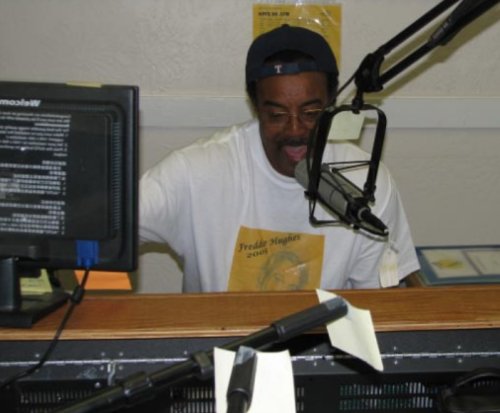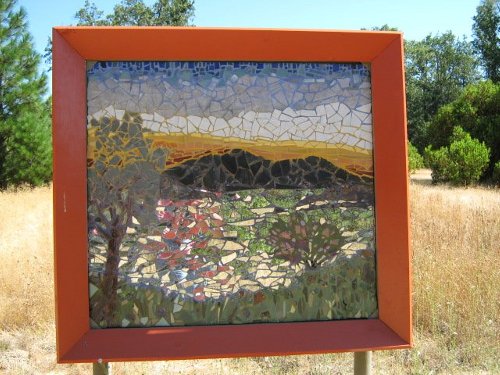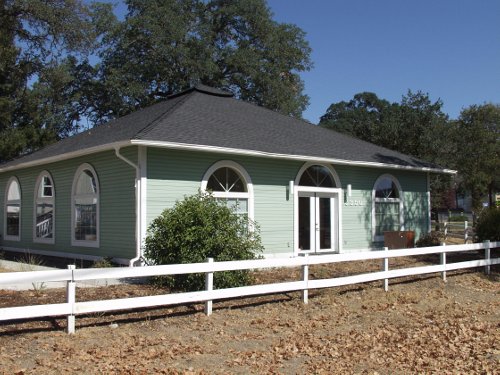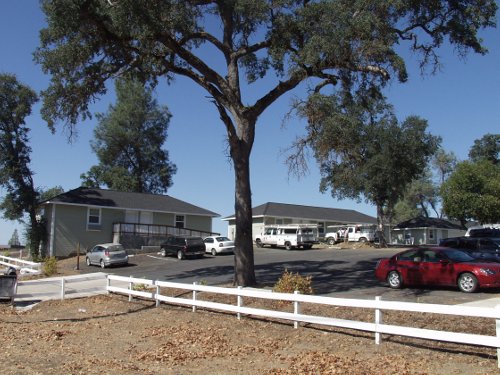
T. Watts at the KPFZ microphone. Courtesy photo.
if i don’t see you no more in this world
i’ll see you in the next one don’t be late
– a dearly departed guitar master
It’s the beginning of football season. I think I’ll go deep. Back through time to the days of yore. I was a yet a rock and roll baby, weaned on the flavor of rhythm and blues. Somewhere on an excursion between soul and funk, I discovered jazz. It wasn’t like jazz was something foreign in our household. My Dad was into Count Basie, period. My Mom’s tastes were more varied:. Jimmy Smith, Bruebeck, Witherspoon, early Marvin Gaye. I’ve stated before that she turned me on to Koko Taylor and Sugar Pie DeSanto.
I remember when I was summoned wholeheartedly into the jazz realm. I was about 17 years old. I was in my room lying on my bed listening to the Silvertone AM/FM radio my Dad had given me. Somehow, I had it tuned to KJAZ, 92.7 I believe it was, emanating from Alameda.
Suddenly, I heard this tune. It was called “The Inflated Tear.” It was by a great artist who, at the time was known as Roland Kirk. The tune starts with what sounds like two tenor saxophones blowing a longing train whistle ode deep inside an echo chamber. The riff then segues into a lonesome, New Orleans-type funeral dirge. In that mournful expression of a soul passing, I was awakened to a new sensibility.
Soon after I started drinking it all in. My buddies and I made jaunts to the Both/And Jazz Club in San Francisco. Of course, we saw Roland Kirk there. He was blind and could play up to four wind instruments simultaneously. He was also a practitioner of circular breathing where he could hold one note for minutes without visibly drawing a breath.
I remember calling the Both/And in anticipation of seeing and hearing the great Thelonius Monk there. The voice at the other end of the phone was not impressed by my youthful exuberance.
“Both/And.”
“Hi. Is Thelonius Monk playing there tonight?”
“Thelonius Monk is working here tonight,” said the voice gruffly. I got hip real quick!
Though I saw Miles Davis live I totally missed John Coltrane. I did, however, see his widow, Alice.
The Coltranes, first John and then Alice, explored the connections between Eastern religions and philosophies and jazz.
John Coltrane passed in 1967 right about the time I was getting started as a listener. Alice released an album in 1970 called “Journey Into Satchidananda.” It is still a favorite of mine.
After the album’s release Alice Coltrane brought her group to perform at the Berkeley Jazz Festival. In those days the Berkeley Jazz Festival was held in the spring at the Greek Theater. You never knew what kind of weather one would get at the Greek. That year it was chilly and windy when the Coltrane group took the stage.
For those of you who don’t know, Alice played piano, organ and acoustic harp. That night they rolled out a grand piano and harp for her. She had a stellar group consisting of Archie Shepp and Frank Lowe on saxophones, Jimmy Garrison on bass and Clifford Jarvis on drums.
The group started playing what sounded like kind of a warmup number. But, unfortunately it was not to be. After a few bars, Ms. Coltrane stopped the music and said to the audience, “Ladies and gentleman, we are not going to be able to play for you tonight. The elements are not allowing us to play in tune.” That was it. They left the stage. We were kind of bummed.
As fate would have it, the night was not lost. A very healthy looking Esther Phillips closed the show with a very over the top rhythm and blues set that had the audience dancing whoopin’ and a-hollerin’ ‘til she took expertly took us home. It was still a great night.
Alice Coltrane retreated from public performances in the late 1970s. She established an ashram in Southern California and continued to record her own style of meditative music.
In 2006, the San Francisco Jazz Festival announced that Alice Coltrane would be making a rare appearance on Nov. 4 of that year. She would be appearing with her son Ravi, the spitting image of John, on saxophone, double bassist Charlie Haden and Roy Haynes on drums.
I copped a couple of tickets and offered one to my spiritual advisor. He accepted and we headed for some San Francisco history. First of all, drummer Roy Haynes was all of 81 years old the night of the concert. He actually played with John Coltrane back in 1963. I’ve never seen a more youthful version of 81 years of age. There was not a visible wrinkle on Mr. Haynes.
Charlie Haden of the double bass is a highly esteemed player who in 1971, while on tour in Portugal, dedicated a performance of his Song For Che to the anticolonialist revolutionaries in the Portuguese colonies of Mozambique, Angola and Guinea Bissau. The following day he was arrested by the Portuguese Secret Police, though promptly released when the American cultural attaché intervened.
The concert itself was a sold out embodiment of artistic virtuosity. Ravi Coltrane is a great melodic, technical player. His playing at times recalled his dad’s mastery of the ballad form. Roy Haynes was simply an amazing physical specimen on drums as well. He anchored the unit along with Mr. Haden and the pulse of the evening was never weak.
Ms. Alice Coltrane was 69 years old at the time of the concert. She played with all the fire and passion of John Coltrane, rocking Ray Charles-like in her posture as she played the organ. There was an intensity that was very other worldly. The 35 year wait was definitely worth it. Eight and a half weeks later Alice Coltrane left this plane. She died of respiratory failure on Jan. 12, 2007. I was flabbergasted that my desire to see her perform had come to fruition so precisely through the portals of time and space.
Keep prayin’, keep thinkin’ those kind thoughts.
*****
Upcoming cool events:
Monday, Oct. 5
Monday, Oct. 5. Will Siegal & Friends. 6:30 p.m. to 9 p.m. Blue Wing Saloon & Café, 9520 Main St., Upper Lake. Information: 707-275-2233 or www.bluewingsaloon.com .
Thursday, Oct. 8
Open mike night at the Blue Wing, 6 p.m. Blue Wing Saloon & Café, 9520 Main St., Upper Lake. Information: 707-275-2233 or www.bluewingsaloon.com .
Saturday, Oct. 10
Hilltop Recovery’s Inaugural Musicians Picnic w/Bill Noteman & The Rockets, The Blue Collar Band, Without A Net, The Bob Keys Band and Eareverence. 10 a.m. Moose Lodge at Highway 53 and Highway 20 in Clearlake Oaks. Information: 707-987-9972.
T. Watts is a writer, radio host and music critic. Visit his Web site at www.teewatts.biz .

 How to resolve AdBlock issue?
How to resolve AdBlock issue? 










